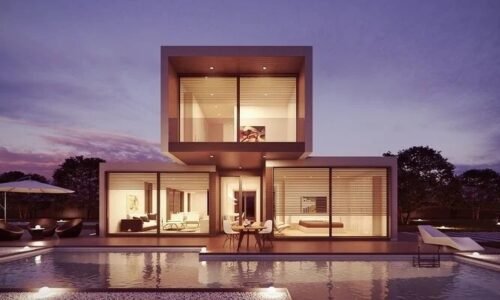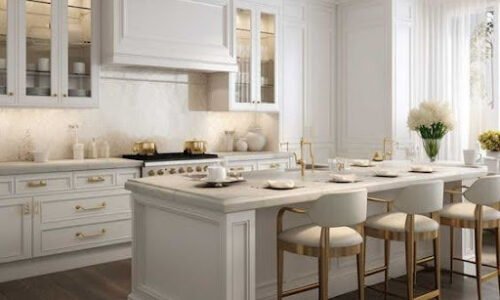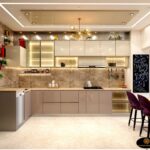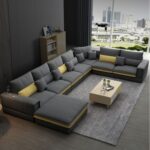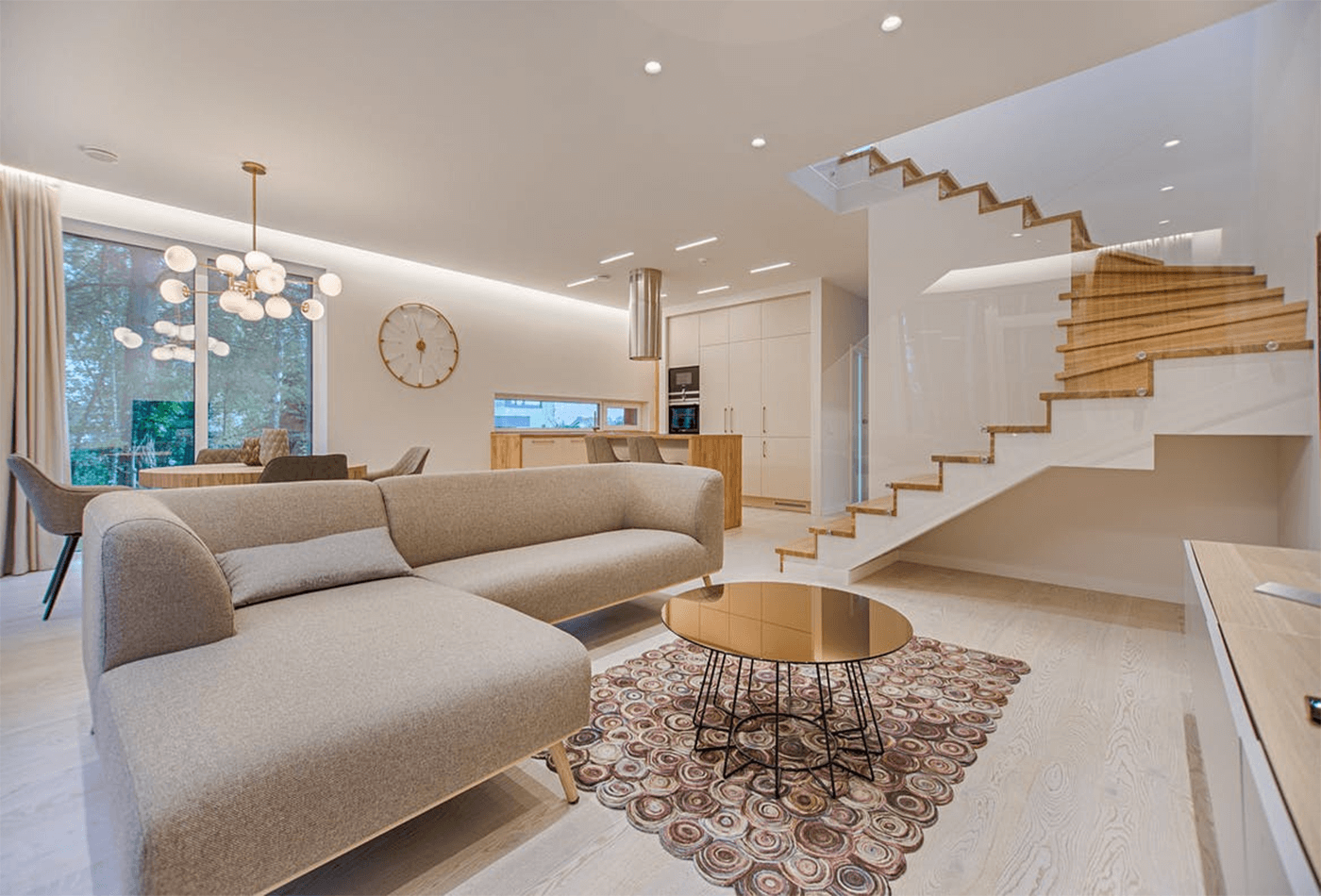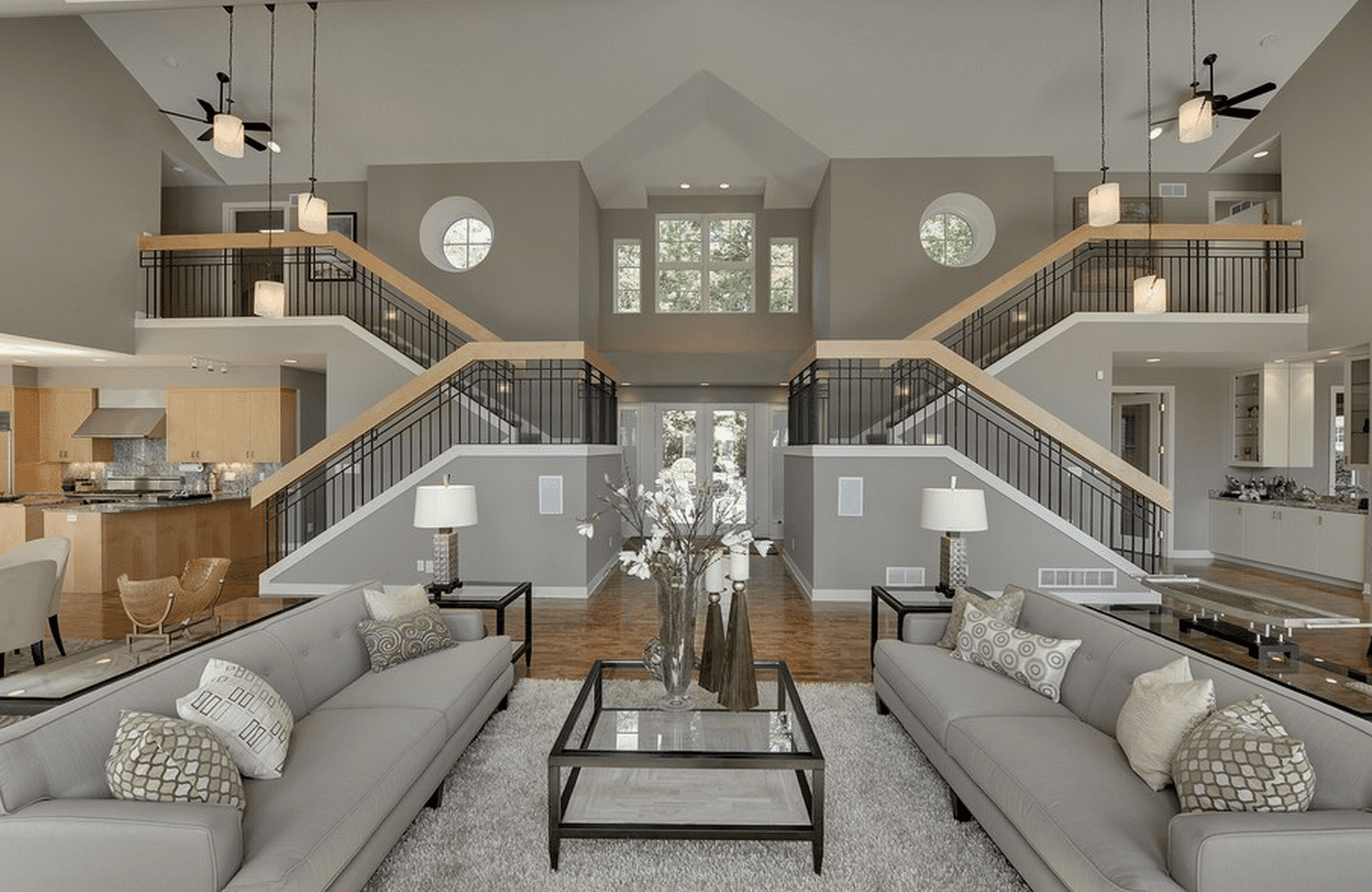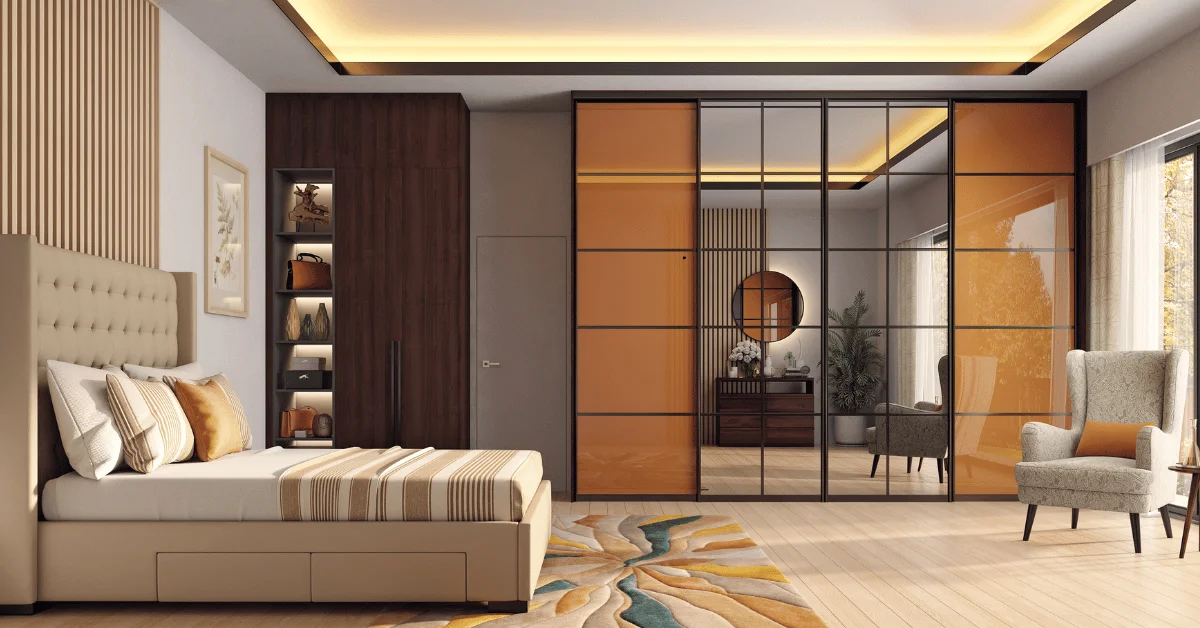Sustainable & Eco-Friendly Interior Materials and Design in Jaipur (2025)
This blog explores the best sustainable interior materials and design practices for 2025, what to consider in Jaipur’s climate, and how you can achieve a balance between style and sustainability.
Why Sustainability Matters in Interior Design
Sustainable design is no longer just a trend; it is becoming a necessity.
- Health Benefits: Eco-friendly paints and finishes reduce indoor pollution.
- Durability: Locally suited materials last longer and require less maintenance.
- Energy Efficiency: Sustainable layouts and lighting lower electricity consumption.
- Environmental Impact: Choosing responsibly sourced wood and recyclable materials helps reduce deforestation and landfill waste.
For an Interior Design Company in Jaipur, aligning designs with sustainability also reflects a commitment to long-term quality and client well-being.
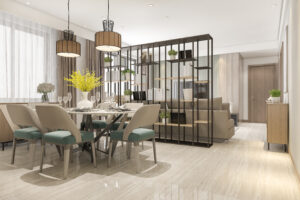
The Best Eco-Friendly Materials for Your Jaipur Home
BWP Plywood and Engineered Wood – The Climate Champions
BWP plywood is fantastic for wardrobes and kitchen cabinets in Jaipur. Why? It laughs at heat and moisture. It neither warps when temperatures climb to 45°C nor swells during monsoons either. Plus, it is made from plantation wood. That means natural forests stay protected while you get durable furniture.
Bamboo and Cane – Fast, Strong, Beautiful
Bamboo grows incredibly fast. We are talking about a plant that can shoot up several feet in just weeks. It’s also surprisingly tough, perfect for furniture, room dividers, or accent walls. Cane work brings in that classic Rajasthani charm. Your guests will love the traditional touch, and you will love knowing it is completely sustainable.
Recycled Metal and Glass – Modern Meets Responsible
Want that sleek, contemporary look? Recycled metal frames and glass accents are your friends. They are durable, stylish, and keep your carbon footprint small. Perfect for railings, decorative pieces, or cabinet handles.
Natural and Low-VOC Paints – Breathe Easy
Regular paints can release harmful chemicals for years. In Jaipur’s heat, this gets worse. Low-VOC or natural paints solve this problem completely. They help your walls breathe better, too. No more stuffy rooms or lingering paint smells.
Stone and Terracotta – Locally Perfect
Here’s a secret: the best sustainable materials are often right in your backyard. Jaipur’s local stone and terracotta are both eco-friendly and incredibly practical. Terracotta floors stay naturally cool. During those scorching May afternoons, your bare feet will appreciate this simple luxury.
Smart Design for Jaipur’s Unique Climate
Jaipur’s weather is unique and has very hot summers, dry winds, dust, and short spells of humidity. Sustainable interior materials must therefore be:
- Heat-resistant: To avoid warping or expansion.
- Low maintenance: Easy to clean dust and stains.
- Moisture-resistant: For monsoon periods.
For example:
- BWP plywood wardrobes resist both heat and seasonal dampness.
- Terracotta tiles keep floors naturally cool.
- Matte laminates collect less dust compared to glossy surfaces.
What Will This Cost You? (Realistic Jaipur Prices for 2025)
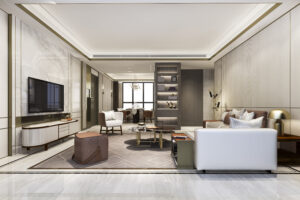
Eco-friendly does not have to mean expensive. Here’s what you can expect to pay in Jaipur:
- Low-VOC Paint: ₹60-90 per square foot
- Bamboo/Cane Furniture: ₹800-1,500 per square foot
- BWP Plywood Wardrobes: ₹1,500-2,500 per square foot
- Terracotta/Clay Tiles: ₹70-120 per square foot
- Recycled Glass/Metal Accents: ₹500-1,000 per square foot
Yes, some eco-friendly options cost more initially. But they last longer and need less maintenance. Over 5-10 years, you often save money.
Simple Sustainable Design Ideas That Actually Work
- Let natural light do the heavy lifting. Position windows thoughtfully. Use mirrors to bounce light around. Your electricity bill will drop, and your home will feel more spacious.
- Switch to LED everything. LED bulbs use 75% less energy than old bulbs. They also last much longer. Smart lighting systems let you control exactly how much light you need when you need it.
- Go modular with furniture. Modular pieces adapt as your needs change. Moving homes? Easy to dismantle and reassemble. Want to rearrange? No problem. Less waste, more flexibility.
- Bring plants indoors. This isn’t just about looks. Plants actually clean your air. They also connect you with nature, which reduces stress. Win-win.
- Give old furniture new life. That wooden chair gathering dust? Sand it down, apply a fresh finish, and it’s good as new. Often looks better than buying something brand new.
Balancing Trends with Smart Choices
While bold finishes and striking textures are trending in 2025, sustainable interiors demand a balance between what looks modern today and what remains practical for years to come. For example:
- Earthy terracotta tones pair well with modern matte laminates.
- Bamboo furniture can be styled both in traditional and minimalistic ways.
- Wardrobe interior design can be both sustainable and stylish — eco-friendly boards allow finishes in pastels, matte laminates, or dark wood tones, balancing modern trends with long-term durability.
This ensures interiors remain stylish while maintaining longevity.
Why Work With Professional Designers
Sustainable interior choices can be overwhelming, from comparing materials to understanding costs. Home Interior Designers in Jaipur can help by:
- Suggesting locally available sustainable materials.
- Designing layouts that maximise natural light and airflow.
- Coordinating in-house manufacturing to ensure quality and durability.
- Providing Full Home Interior Service in Jaipur, covering kitchens, wardrobes, living rooms, and more.
Conclusion
Sustainable interior design is about making thoughtful, future-ready choices. Selecting the right materials and layouts for Jaipur’s climate ensures that your home is not only stylish but also durable and environmentally responsible.
Whether you are planning a kitchen, wardrobe interior design, or a complete home renovation, working with experienced designers can make the process seamless. At Jingle Interiors, we specialise in creating eco-friendly and modern interiors with in-house material manufacturing, ensuring quality, durability, and sustainability at every step. By combining professional expertise with a focus on your unique preferences, Jingle Interiors helps turn your vision of a beautiful, practical, and environmentally conscious home into reality.
FAQs
1. Which eco-friendly materials are best for kitchens in Jaipur?
BWP plywood, bamboo shutters, and stone countertops are durable and climate-friendly. They resist heat, dust, and occasional humidity, making them ideal for long-lasting kitchens in Jaipur’s environment.
2. Are sustainable interiors more expensive?
Initial costs for eco-friendly materials may be slightly higher than conventional options. However, they save money over time due to reduced maintenance, longer lifespan, and lower environmental impact.
3. How do eco-friendly paints improve interiors?
Low-VOC and natural paints reduce harmful chemicals in the air, creating a healthier indoor environment. They also maintain wall breathability, prevent odour retention, and are safer for families.
4. Can wardrobe interior design be done using eco-friendly materials?
Yes, wardrobes made with BWP plywood, bamboo, or recycled laminates are sustainable and durable. These options allow for stylish finishes while reducing environmental impact and adapting to Jaipur’s climate.
5. Do sustainable interiors limit design choices?
Not at all, modern eco-friendly materials come in a variety of colours, textures, and finishes. Homeowners can achieve contemporary, minimalist, or traditional styles without compromising on sustainability.

